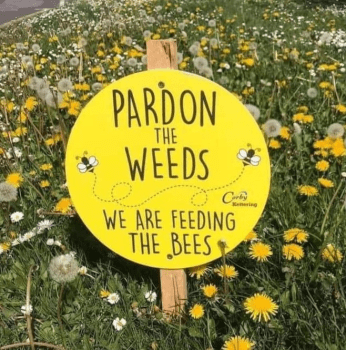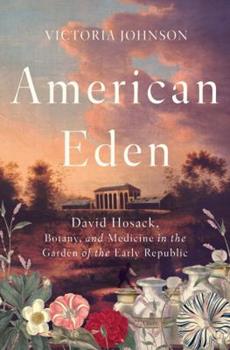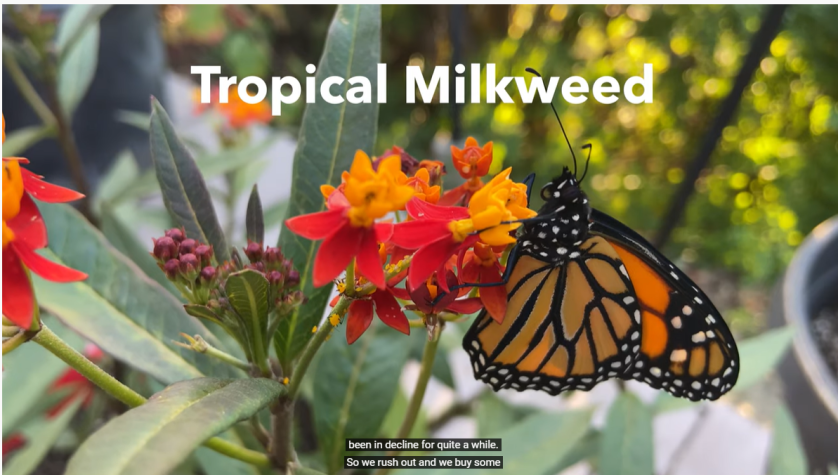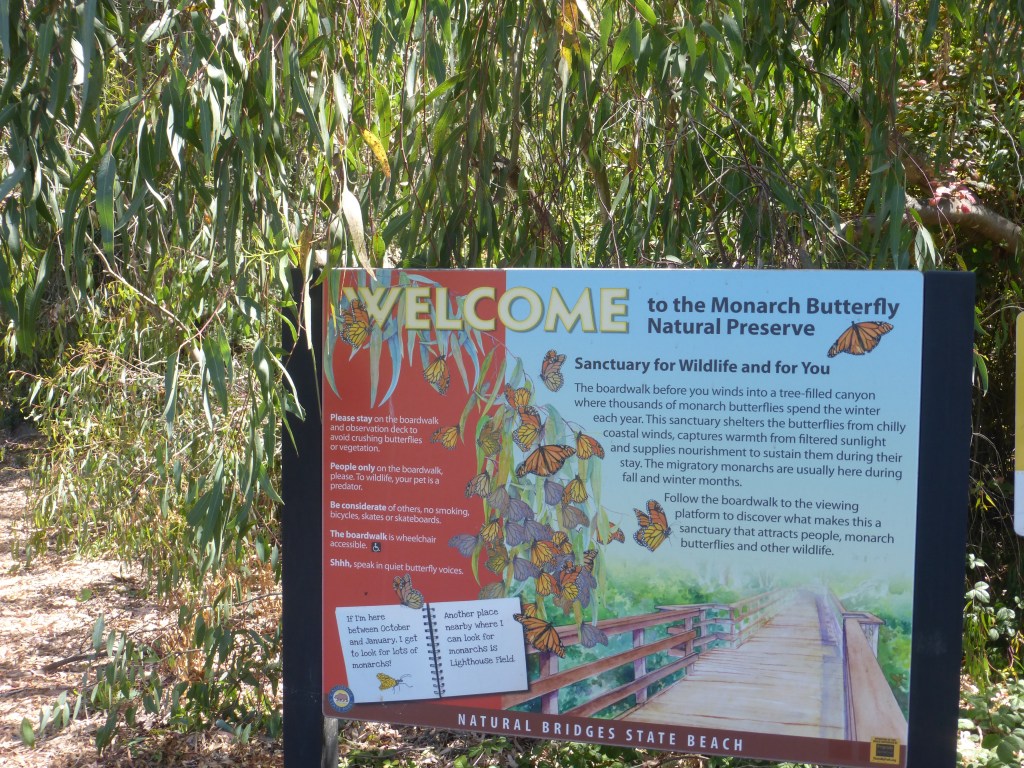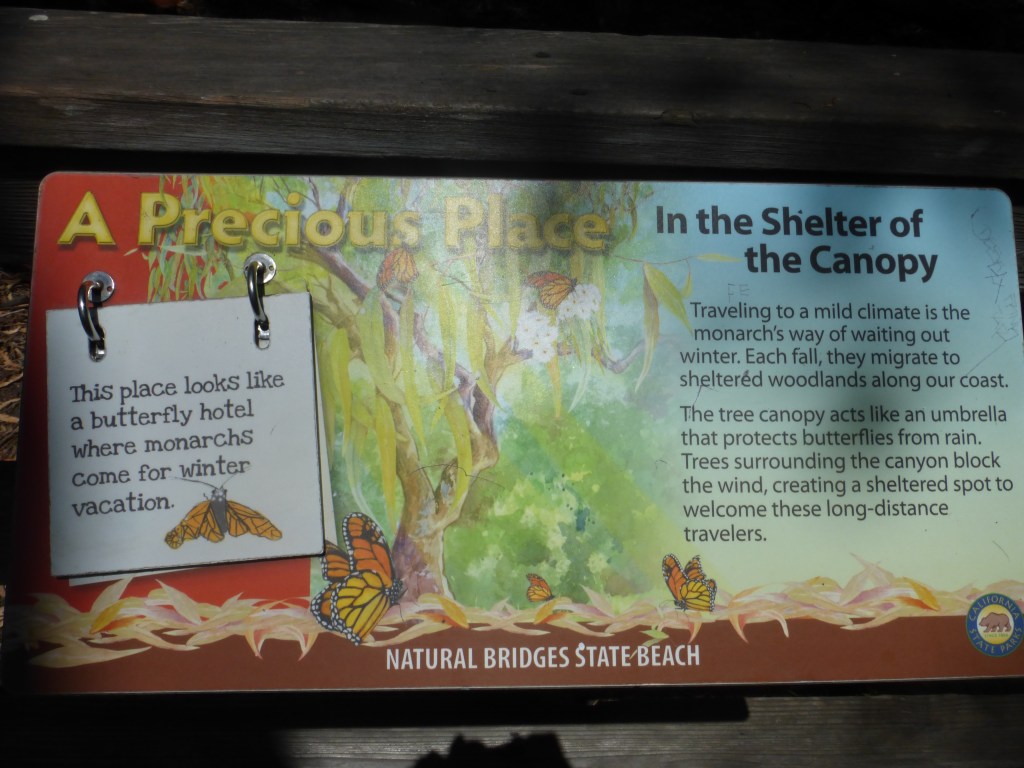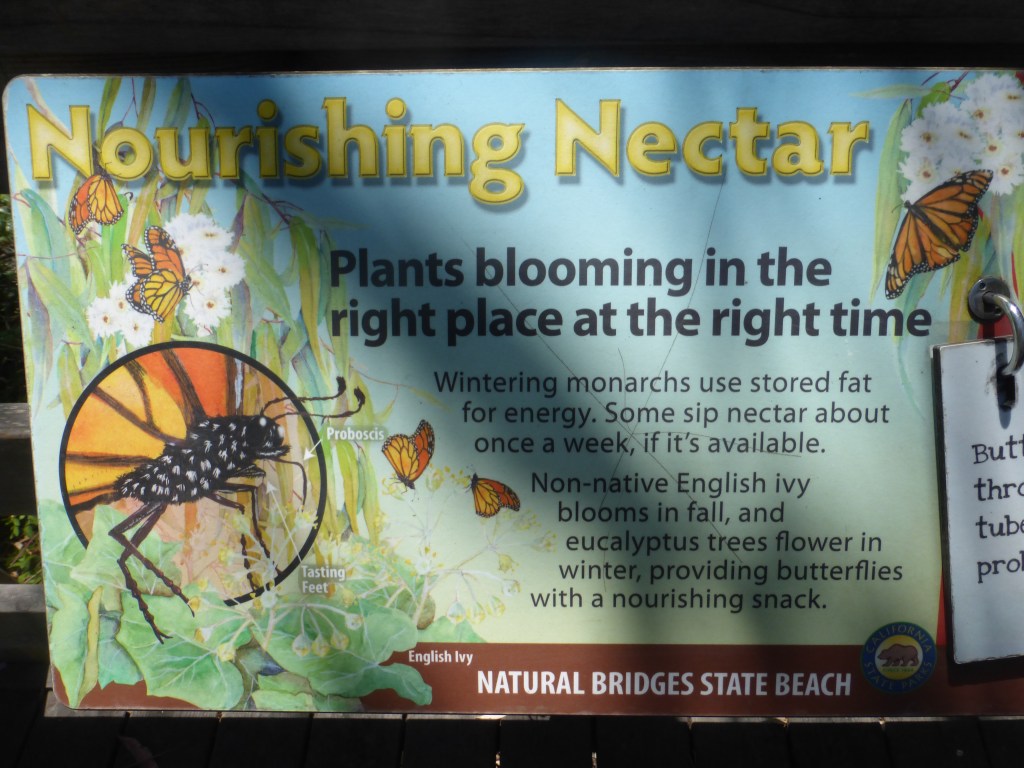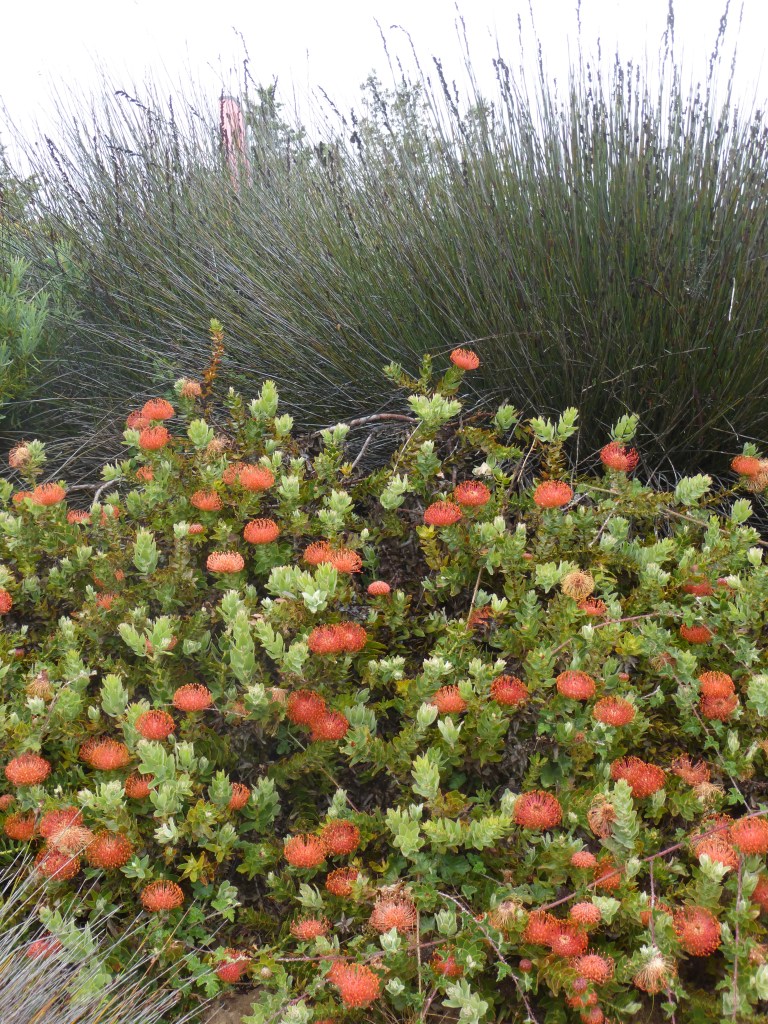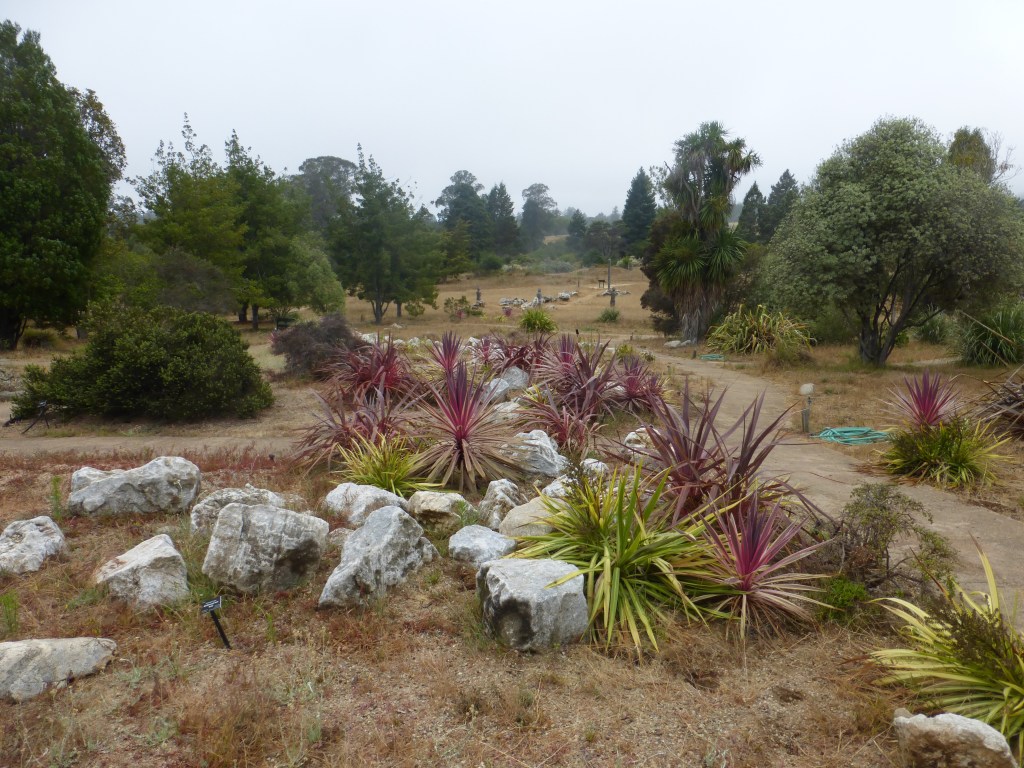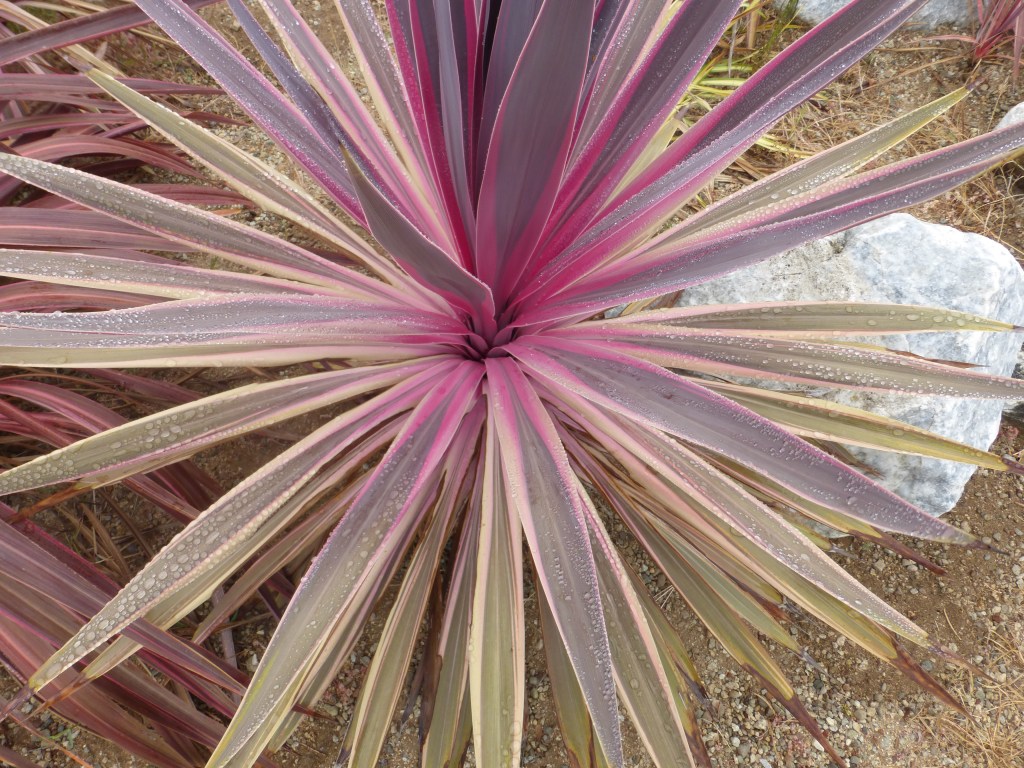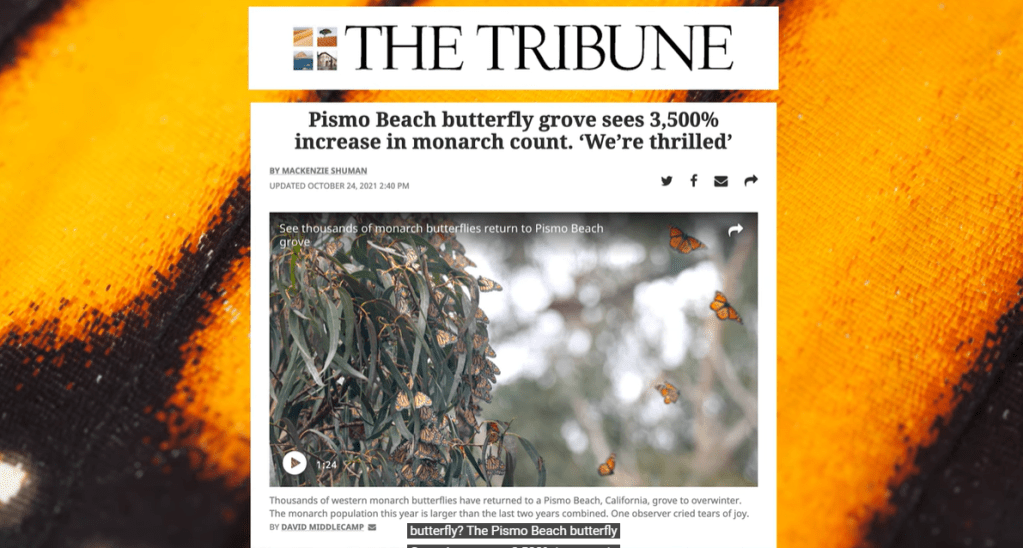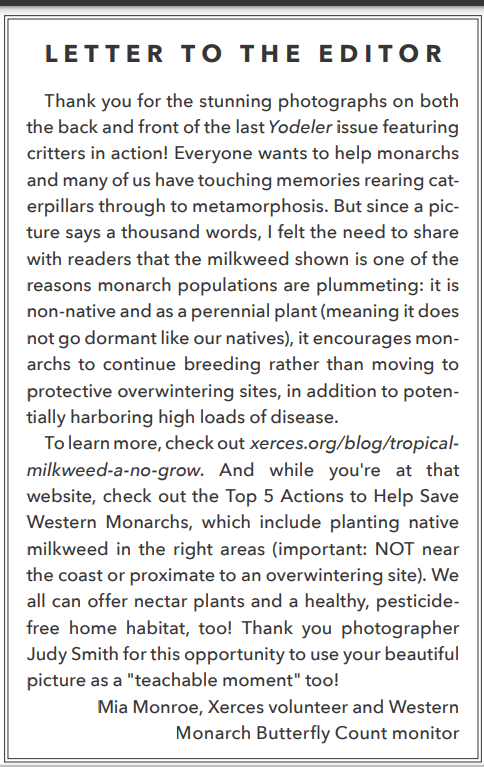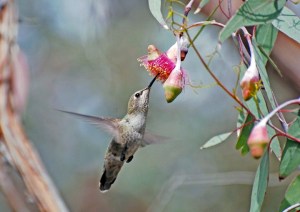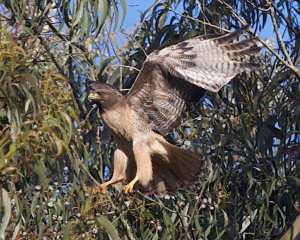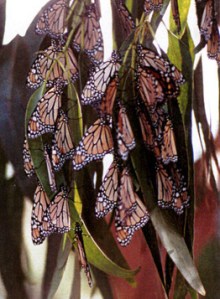In American Eden, Victoria Johnson tells the remarkable story of an American physician, David Hosack, who brought knowledge of the medicinal properties of plants to America at the end of the 18th century. The medicinal properties of plants have been known to humans for thousands of years, but incorporating that knowledge into modern medical science began only in the 18th century.
Traditional knowledge of the medicinal properties of plants was closely tied to many religious superstitions. The Doctrine of Signatures seemed a logical botanical belief at a time when plants were one of man’s few medicinal tools and religion was a powerful influence in human society. The Doctrine of Signatures, which was actively promoted by the church in 17th century Europe, was based on a belief that God had “signed” plants with certain suggestive shapes and colors to inform humans of their medicinal properties. For example, a heart-shaped leaf was considered God’s message to us that a particular plant would be beneficial to the human heart and this message was strengthened by a flesh-colored flower. Every plant was believed to be useful in some way if man could only discern its use. Else why would they have been created, since the Garden of Eden was created for the benefit of man? The church encouraged man’s study of plants as a way to worship God’s creation. (2)
Medical science was equally burdened with harmful, often deadly, medical practices such as bleeding and prescribing mercury. When David Hosack began practicing medicine in New York at the end of the 18th century he was acutely aware of the limitations of the tools of his profession. He could see the promise of prescribing plant extracts to his patients, but he was frustrated by his limited knowledge of plants, their uses and his access to them.
He decided that learning more about botany and horticulture were the prerequisites for developing the medicines his patients needed. He went to England and Scotland where he studied for two years under the tutelage of the pioneers of the botanical science that was beginning to transform medicine.
The development of the Linnaean system of classifying species earlier in the 18th century enabled a more systematic study of plants based on their close relationships and similarities. Physicians and apothecaries had for centuries relied on inaccurate rules to try to divine the medicinal properties of specific plants. Medicinal properties cannot be determined by a particular color, shape, or smell. Linnaeus’s new framework classified plants into orders, classes, families, genera, and species, groups with similar medicinal properties because they were chemically similar. Plants in the same order were expected to share some of the same medical properties. Plants in the same class share more properties, families still more and the most similarity is found within a genus. “By way of example, Linnaeus noted that the various known species of Convolvulus, a genus in the bindweed family that included morning glories, all appeared to have purgative effects on the body.” (1)
In Scotland and England the knowledge of the medical uses of plants and the classification of plants according to the Linnaean system led to the development of botanical gardens where new plants with these properties could be studied and medical students were taught to identify the plants and learn their medical uses. These botanical gardens enabled the incorporation of botanical knowledge into medical knowledge. The gardens collected plants from all over the world that were recognized as the close relatives to plants from closer to home and were considered equally valuable as potential therapeutic drugs.
These botanical gardens fostered a cosmopolitan view of plants that actively sought and welcomed new plants from the regions of the world that were being newly explored. The Linnaean classification system made it possible for new plants to be incorporated into the global family of plants. We have lost this sense of a global family of plants. Instead of classifying plants according to their membership in families, orders, and classes, the plant world has been artificially divided into two meaningless categories: native and non-native. These categories prevent us from understanding the close relationships between plants. The native plant movement has turned most of the plant world into aliens. Just as dividing the human race into white and non-white is prejudicial and harmful, dividing the plant world into native and non-native is equally pernicious.
The Consequences of Putting Plants into “Native” Strait-Jackets
Milkweed is an example of the consequences of classifying plants based on their native status. There are about 200 species of milkweed in the Asclepias genus and they are distributed broadly across Africa, North America, and South America. There are a few species of milkweed native to the Bay Area, but the most popular species of milkweed, tropical milkweed (Asclepias curassavica), is not. It is popular with home gardeners because it is a strikingly beautiful plant and it is evergreen, unlike our native milkweed, which is deciduous, therefore not available in winter months.
Monarch butterflies are dependent upon milkweed as its host plant. They lay their eggs on milkweed and their caterpillars eat milkweed. In the past, monarchs in California spent the winter roosting in trees along the coast of California. They did not breed during the winter. They moved inland during summer months where they bred.
Because of global warming, monarchs have begun to breed during the winter months in California and the existence of tropical milkweed in gardens in coastal California has made that possible: “the [monarch] population boom in the Bay Area had not been seen before. It was unusually warm that fall, which may have accounted for the numbers. And tropical milkweed, which unlike native milkweed flowers through the winter and creates a suitable habitat for breeding, was abundant in gardens.” (3)
Scientists with a commitment to the survival of monarchs have welcomed this development: “But the growth of local, breeding monarchs is seen, at least by some, as a sign of the resilience of the monarchs, their ability to find new ways to persist in the face of an increasingly threatened migration. Might we be seeing the growth of a resident population of monarchs in the Bay Area?” (3)
The Nature Police have succeeded in getting the sale of tropical milkweed banned in Contra Costa, Marin, San Mateo and Ventura counties. Academic entomologist have pushed back against this harmful ban in an article published by The Monterey Herald, San Jose Mercury, Marin Independent Journal, and East Bay Times:
- “Hugh Dingle, a retired University of California at Davis entomology professor who has studied monarch butterfly migration for more than two decades, said the bans are “basically a wasted effort” and that the focus should be on larger threats such as pesticide and herbicide use. All species of milkweed carry parasites that can affect monarch populations, Dingle said.”
- “Arthur Shapiro, a UC Davis professor who has studied monarch butterflies for the past six decades, described the rationale behind the bans as “hogwash.” Shapiro, Dingle and other researchers said winter breeding among monarch butterflies is a relatively new behavior and one influenced by warmer winter temperatures caused by climate change.”
- “David James, an associate entomology professor at Washington State University who has studied monarch butterfly breeding and migration in the Bay Area, said there is a case to be made about the tropical milkweed as being a vital resource for the monarchs in a changing climate.”
- “Leslie McGinnis, a UC Berkeley doctoral candidate studying monarch populations and working with gardeners in the East Bay, said the bans take a “simplistic view” of the threats that monarchs face, including the fact that many native milkweed plants supplied to nurseries can also be sprayed with pesticides. The bans, she said, can work to disenfranchise or demonize people that have tropical milkweed who instead could be partners in working to help restore monarch populations.”
Native plant advocates are wedded to a past that is long gone. The climate has changed and it will continue to change. Monarchs and other animals are trying to adapt to the changed conditions. Their survival depends on their ability to adapt. The native plant movement has become a form of climate change denial. Their irrational hatred of introduced plants is damaging the environment with herbicides and harming wildlife. There is no evidence that tropical milkweed is harmful to monarchs.
Update: Professor Art Shapiro has kindly offered this addition to the many benefits of tropical milkweed, which is also a reminder that both native and non-native plants often have medicinal properties: “Asclepias curassavica is known as “cancerillo” in rural Latin America and a root extract is reputed to have anti-cancer properties. It has a huge number of ethnobotanical uses. Because steroid cardenolides are highly toxic, it should not be used except under the guidance of an expert herbalist. I do not know if the alleged anti-cancer activity has been formally investigated. Virtually every rural peasant I have asked about it in Colombia, Mexico, Peru, Argentina and Chile knows its reputation.” Thank you, Professor Shapiro, for this useful information. Professor Shapiro has traveled widely in Latin America to visit his butterfly friends. October 1, 2022
Elgin Botanical Garden
David Hosack studied under the tutelage of the botanical pioneers in England who taught physicians how to use plants to treat their patients. When he returned home in 1794 he was determined to establish a botanical garden in New York that would be available to medical students at Columbia College, where he taught. The botanical garden was needed to collect plants from all over the globe, including the unsettled regions of the new nation. That was his life’s work.
Hosack began his venture by trying to convince Columbia College that a botanical garden was needed to educate physicians and supply them with the medicines they needed for their patients. It was his intention to collect plants from all over the world to study their medicinal properties and make more therapeutic remedies available to physicians and their patients. Every plant in the world was potentially useful in his opinion. He named the garden Elgin Botanical Garden after his father’s home town in Scotland.
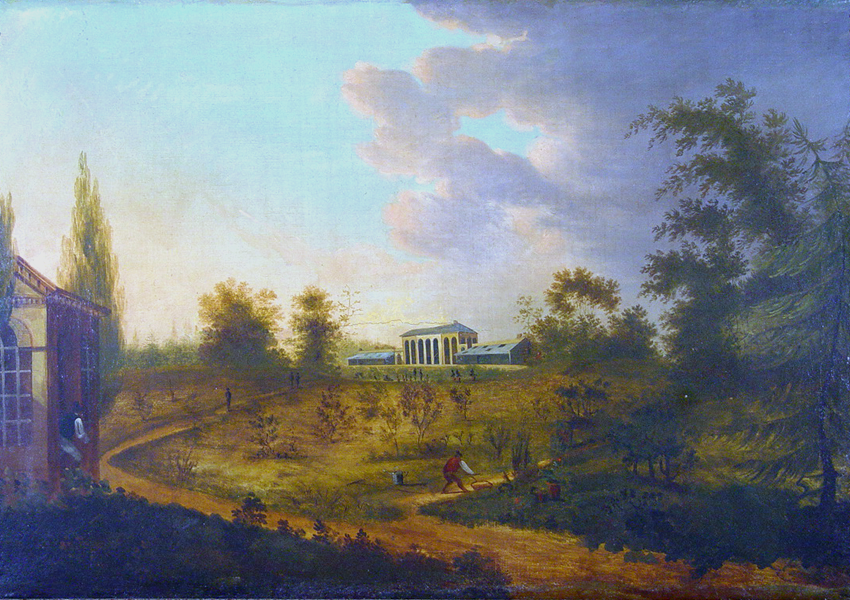
When Hosack was unable to convince Columbia College to make this investment for their medical school, he built the garden himself at his expense. He also tirelessly recruited plant specimens from all over the world. Although he built a world-class institution, he was draining his personal resources. He tried and eventually convinced the State of New York to buy the garden from him. The State acquired the garden, but did not provide for its maintenance. Hosack lost control over the management of the garden and it was quickly gutted by unscrupulous managers who sold the collection for personal gain. The garden was in ruins when Hosack died in 1835. The garden is commemorated by a small plaque on the Rockefeller Center that occupies the ground where the Elgin Botanical Garden was built.
The Historical Context
The story of David Hosack’s extraordinary accomplishments takes place within the context of early American history. Hosack knew every major player in American politics, government, literature, science, and business. He was personal friends with both Alexander Hamilton and Aaron Burr. He was asked by Hamilton to attend the duel with Aaron Burr and he attended his death after the duel in 1804. Hosack had strong feelings about the obligations of physicians to remain neutral in all political matters. Although he had a strong affection for Hamilton, he maintained his friendship with Aaron Burr until his death. Burr’s sad story appears many times in American Eden, as he descends into a life of obscurity because of his role in Hamilton’s death, a choice he is said not to have regretted.
Many other important people appear in the story as Hosack befriends them and often plays a role in their success. Napoleon Bonaparte’s botanist is among those who revered Hosack. When Napolean sent him to America to collect new plants, Hosack took him under his wing. He studied plants at the Elgin Botanical Garden while earning his degree as a physician. Hosack and Alire Raffeneau Delile had a life-long correspondence. Hosack’s son, Dr. Alexander Hosack, visited Delile in France after his father’s death. Delile recognized him instantly as Hosack’s son and embraced him warmly. He showed Alexander Hosack his prized possession, his long correspondence with David Hosack.
David Douglas, the Scottish botanist who named many American native plant species during his expeditions in America was a friend of Hosack. Douglas visited California where he named Douglas fir and Douglas iris, among others. Douglas studied with Hosack and later acknowledged his importance to American botany by naming a new genus of wildflower he found in the Western US Hosackia, as a tribute to his favorite American.
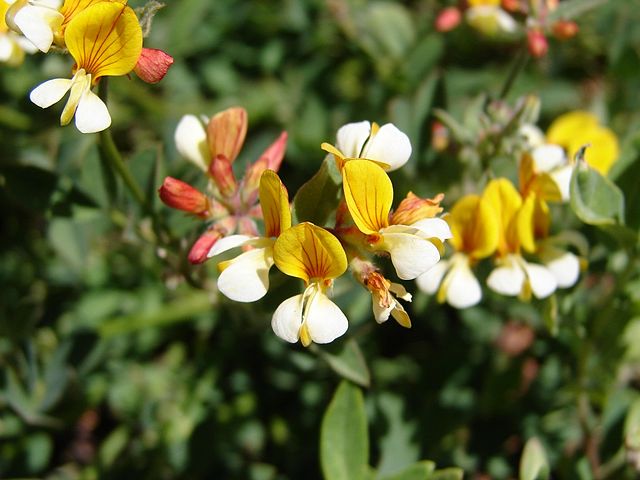
American Eden is a rewarding book for many reasons, including an intimate glimpse into the lives and events of early America. It is also a reminder of the heavy price of botanical ignorance that is relevant to the horticultural controversies of today.
- American Eden: David Hosack, Botany, and Medicine in the Garden of the Early Republic, Victoria Johnson, W.W. Norton & Company, 2018
- Weeds: In Defense of Nature’s Most Unloved Plants, Richard Mabey, Profile Books Ltd, London, 2010
- “The Story of the Butterflies,” Endria Richardson, Bay Nature, Summer 2022
